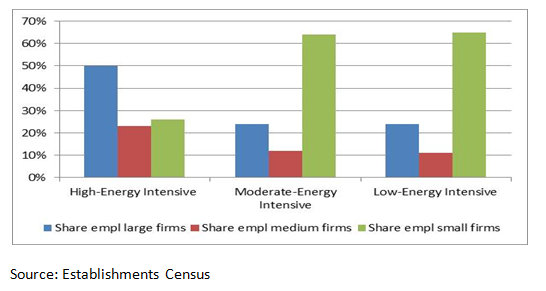The political economy of transformation in the Arab region: Between cronyism and dualism
October 28, 2013 2 Comments
This post was written by Kaouthar Gazdar (PhD in Economics, University of Sousse) & Hajer Kratou (PhD student in Economics, University of Carthage & University of Auvergne)
The second session of the ERF workshop on “The political economy of transformation in the ERF region” introduced two important papers by Ishaq Diwan (Harvard Kennedy School) and Ragui Assaad (University of Minnesota, USA).
Entitled “Crony capitalism in Egypt”, Diwan’s study analyzes the nature and extent of Egyptian “crony” capitalism by comparing the corporate performance and the stock market valuation of politically connected and unconnected firms, before and after the 2011 popular uprising that led to the end of President Mubarak 30 years rule.
By looking closely at capitalism in Egypt, the paper is an attempt to understand why Arab capitalism has not been very dynamic; in other words the reasons behind the low performance and innovation of firms.
Diwan addresses the question of corruption in Egypt while analyzing the performance of politically connected firms which benefited from facilities regulations, government contracts, licenses access, protection from foreign and domestic competitions, as well as from subsidies energy under the Mubarak regime. “Egypt could have performed much better in terms of economic growth and job creation if the privilegies and exclusions were not as much”, he stated.












